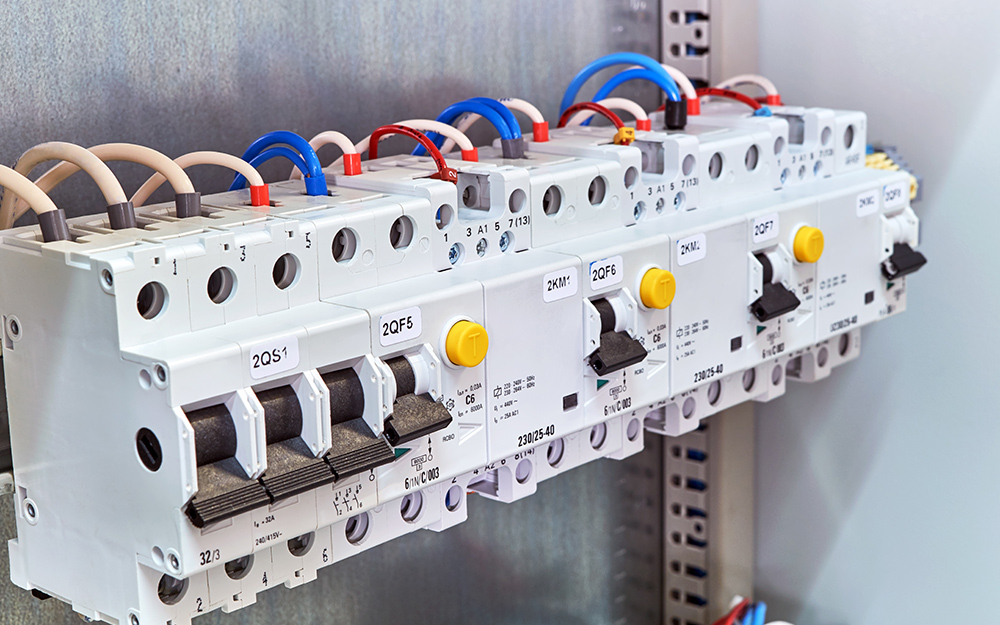


You can then put all its wires back together and re-secure the connector back on. If that should happen, remove the connector and verify to make sure it is the right size for the wires. Open up the electrical box and check each of the connectors to make sure all the wires to each connector doesn't come loose. To test further, switch off the circuit breaker for the security lights. You can check this by simply replacing the light, or maybe you want to make certain before buying some expensive halogen or LED replacement light, test the fixture socket with a multimeter. If your security lights simply won’t work, it might be because they’re not receiving power. Also, check that the light has a proper view of the area it’s covering. If your motion sensor security lights keep coming on for every passing thing, you need to adjust the sensitivity or slightly change the direction of the sensor or even a combination of both to eliminate the problem. Try covering part of the sensor with black electrical tape or reposition the security lights to a position where the other lights won’t interfere. If the security lights won’t come on at night, the problem could be that another light is turned on in the vicinity, fooling the sensor into believing it’s still daylight. If your inspection doesn't lead to anything conclusive, however, you may need to have the wiring inspected by a qualified electrician. If it doesn't, turn the breaker off for that circuit and inspect every electrical box along the line for damaged wires or loose connections and fix it. In most instances, this will eliminate the problem. If it is secured tightly in place, try replacing the bulb because flickering lights can be a prelude to the bulb burning out completely. If a single bulb is flickering, you will need to climb up and check that the bulb is securely fitted in the fixture. If the light from your security lights is flickering, the course of action depends on whether the problem lies with single or multiple lights. The light will reappear but should go off after a few minutes. Confirm visually that the security lights have gone off and then turn the breaker back on. If nothing obvious turns up, try turning the lights off at the breaker (or unplugging) for around 20 seconds. So check for anything that could be constantly moving in the area of detection. For instance, a tree close by that didn't affect the security light last year would have grown since and extended its branches now causing the wind to rustle through the leaves, constantly moving them in front of the sensor and tripping it. The best course of action is to see first if something has changed in the immediate environment. This could be attributed to an electrical failure, lightning, power surges, or even user error. Therefore, motion sensor security lights are meant to come on only when they detect motion, but sometimes for various reasons, they can remain on all the time. A movement sensor is tripped when too many grid zones are blocked by moving objects consequently changing the infrared energy levels.

When you turn on the power to your security lights system, the motion sensors are activated and once they warm up, they can detect heat and movements in the surrounding area creating a "protective grid".


 0 kommentar(er)
0 kommentar(er)
